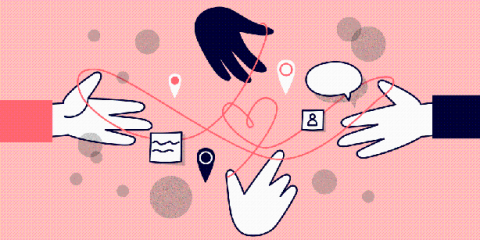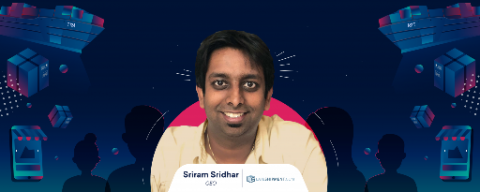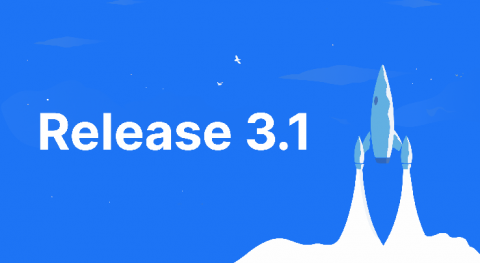Teams | Collaboration | Customer Service | Project Management
%term
Want resiliency? Be a leader in sustainability
If there’s one thing we’ve learned from the COVID-19 pandemic so far, it’s that existential threats don’t just go away. Not even if you ignore them. (Actually, they get worse if you ignore them.) We’ve all been touched by the events of the past few months and we need a new way forward. Whether it’s climate change or public health, we need to face these threats head-on and solve them.
How Biteable CEO Brent Chudoba held a remote leadership offsite using Miro
When I became CEO of Biteable in February, I knew it’d be a challenge to lead an internationally distributed team. Biteable is the world’s leading video maker and in my first month with them, I flew over 20 hours across the world to meet investors and co-founders. But that journey was nothing compared to what was in store next: COVID-19 was a curveball that no one expected. Suddenly, our in-person leadership offsite – a crucial part of my onboarding – had to be fully remote.
How to measure change management success, according to 2 change leaders
The only constant in life is change—and it’s difficult to embrace the unknown. That’s why the employee experience is essential to change management, when leaders are charged with supporting their teams through adjusting to new and different ways of working.
Customer churn rate
Customers can be a fickle bunch—happy one day, gone the next. That’s why it’s important for companies of all shapes and sizes to track and understand their customer churn rate. Customer churn rate is an important metric that impacts nearly every aspect of a company’s business, from product and revenue to customer loyalty and customer satisfaction. Because what’s a business without customers?
Building great customer experiences with Zendesk and AWS
Creating great experiences for your customers starts with having a complete understanding of who they are—and that requires having the right customer data. But too often, this data is siloed in disparate systems that don’t talk to each other and is spread across a complex landscape that’s hard to analyze and understand. The end result is ineffective agents, poor customer insights, and unsatisfied customers.
How the E-Commerce and Logistics Industry can Adapt to Serve Customers in these Challenging Times
During the COVID-19 crisis, the spotlight is on the e-commerce and logistics industry when it comes to providing essential and non-essential goods for consumers. With the lockdowns across the world, these companies are critical to ensuring people are able to get the supplies they need to live on. So what are some of the responsibilities and challenges they face and how can they overcome them, when operating under the current circumstances? We caught up with Sriram Sridhar, the CEO of lateshipment.com.
Introducing Rocket.Chat 3.1: Get To Know New Features & Updates
After significant development and thanks to our team and community, we are delighted to announce the arrival of Rocket.Chat 3.1.0, full of exciting features! In this post, we will give you a quick overview of the main features brought by our latest release. Find the entire list of new features, updates, and bug fixes here. Thanks to this feature, there is no need to create a private channel to have a chat with multiple users anymore.
Rocket.Chat SaaS: A Secure Hosted Service
In recent years, the move from deploying applications on-premise into the cloud has accelerated quickly and changed the whole industry. Today, most services are ready to be used in as short as a few minutes. Rocket.Chat is no different and there is no need to wait any longer: Rocket.Chat as a managed service is ready for you.











